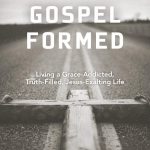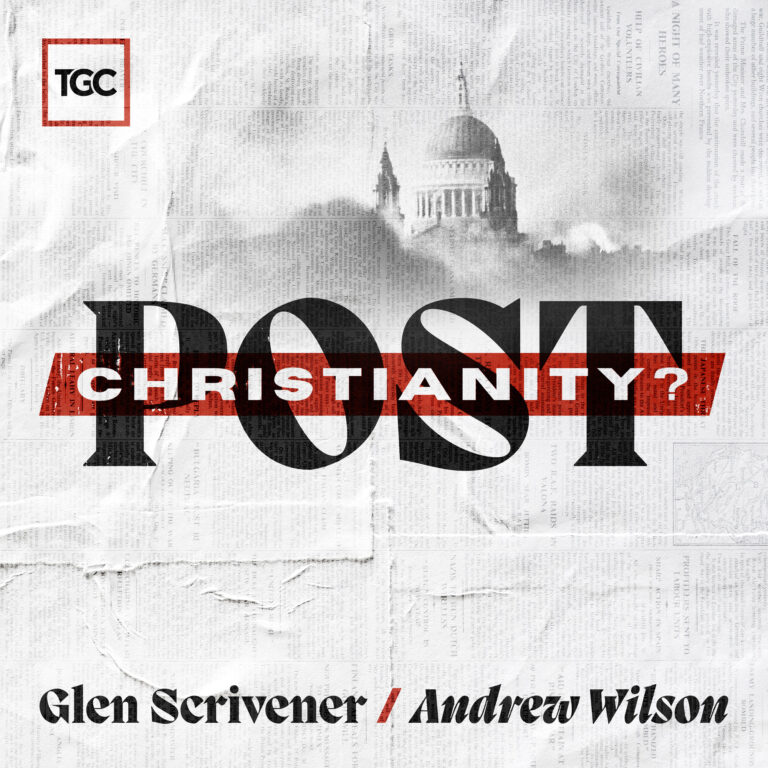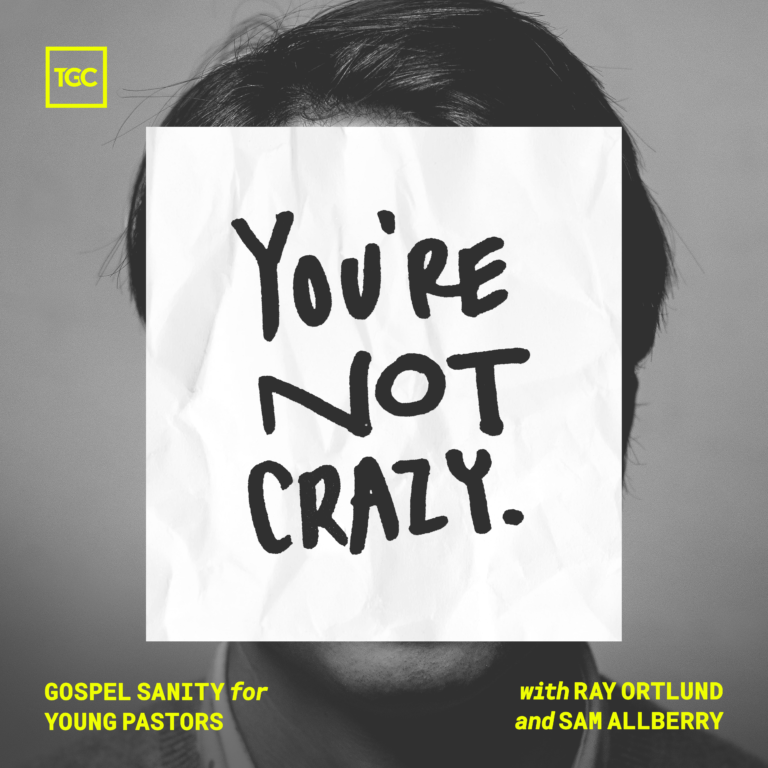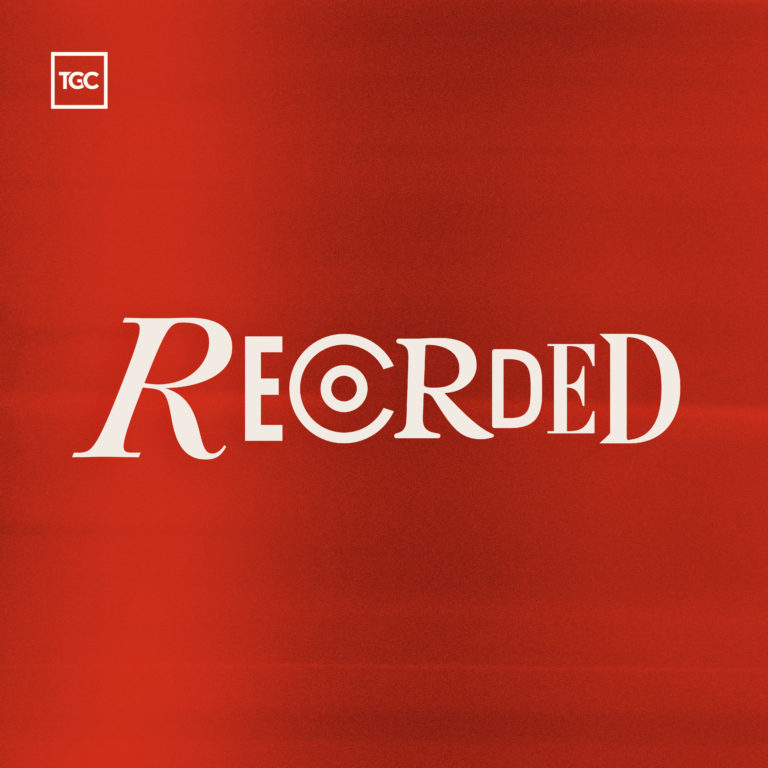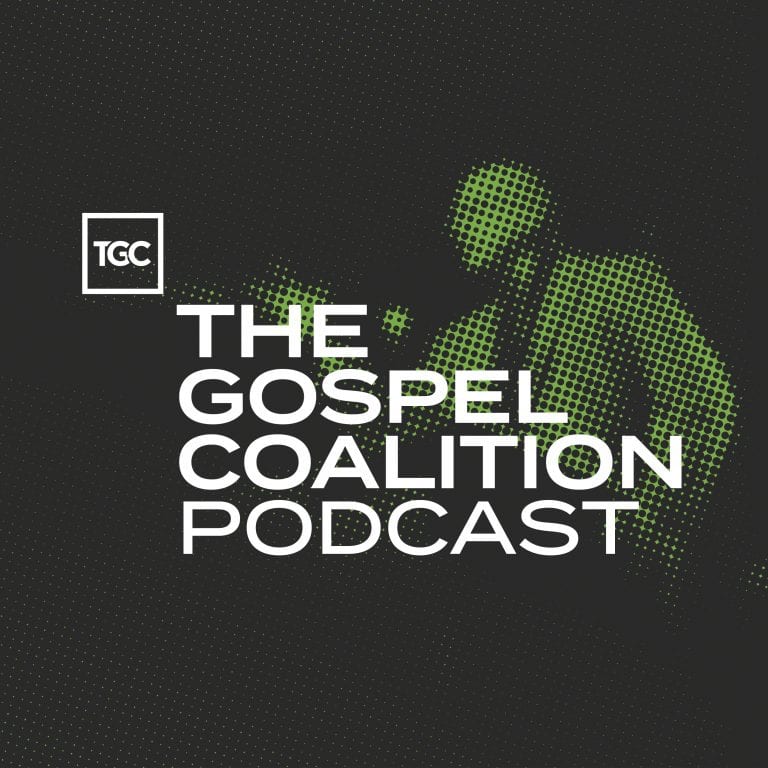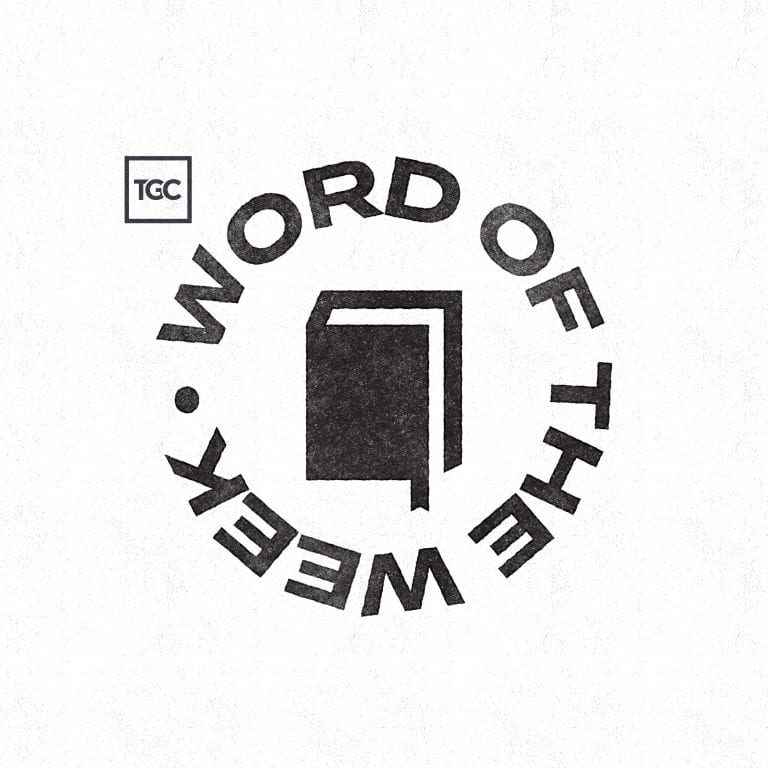Books exploring ecclesiology have flooded from evangelical publishing houses in recent years. Some have stood the test of time. Others have faded into the recesses of bookseller merchandise rooms. Reprinted and expanded volumes prove their value by being reprinted. Elders in the Life of the Church: Rediscovering the Biblical Model for Church Leadership is one worth noting. The first edition of this book was published in 2005 under the title Elders in Congregational Life. In the decade since, Phil Newton has interacted with pastors and churches to address important questions on eldership in the church, and those discussions have doubtless strengthened this newest edition. Additionally, Newton teamed with Matt Schmucker, whose 10 interwoven chapters give the book “a new level of application and color” (15).
Elders in the Life of the Church aims to provides biblical, historical, and practical reasons for leading the church by a plurality of elders. The book unfolds in three parts:
- Why elders?
- Four key biblical texts (Acts 20:17–31; 1 Tim. 3:1–7; Heb. 13:17–19; 1 Pet. 5:1–5)
- From theory to practice
This book stands the test of time because the need for faithful shepherding will not change, no matter what the church faces in modern culture. Too many churches avoid examining their polity because they’re steeped in tradition or duped by the strong personalities of past or present leaders. Elders in the Life of the Church is full of careful, balanced, informed consideration of the Bible, Baptist history, and practical issues in church life. In an age when many pastors have begun to resemble CEOs more than New Testament shepherds, this book will cause readers to re-evaluate Scripture when it comes to church leadership structures.
Wide Reach
While written from a Baptist perspective, Elders in the Life of the Church is useful to the church as a whole. Indeed, it seems an interest in elder plurality in both Baptist and non-Baptist churches has increased significantly in recent years. In Baptist life the return to elder plurality, though not pervasive, is quite significant. For those in a Baptist tradition skeptical of elder leadership, Newton and Schmucker demonstrate from history that eldership is more baptistic than one might realize. In the end, though, “whether Baptists historically practiced plural eldership is secondary” (37). The primary focus must be to grasp what God has revealed in his Word. Again, churches from other non-Baptist traditions will find the historical, biblical, and practical counsel useful in developing their own ecclesiology.
Elders in the Life of the Church is saturated in biblical exegesis and practical application. No matter where you stand on the issue, most will admit that no single New Testament (NT) text provides all the details necessary for structuring the local church. While admitting elders “aren’t essential in order to have a true church” (197), Newton and Schmucker insist (with good exegetical evidence) that the historical record demonstrates the NT church’s normative practice has plural eldership at its heart. According to the authors, it’s difficult to build an argument against elder plurality in the NT. Their case is worth considering, especially for those who rightly want to give serious attention to the NT pattern for church leadership.

Elders in the Life of the Church: Rediscovering the Biblical Model for Church Leadership
Phil Newton and Matt Schmucker
Elders in the Life of the Church: Rediscovering the Biblical Model for Church Leadership
Phil Newton and Matt Schmucker
Embrace the Safeguard
Moreover, the authors’ logical arguments only strengthen their exegesis. When it comes to the “super pastor,” they provide a powerful reminder that no one man possesses all the gifts necessary for leading a congregation. As for the churches who’ve been mislead or burned by the “lone ranger pastor,” Newton and Schmucker show that plural eldership is a safeguard that serves to “prevent one man from falling prey to the temptation of dominating a congregation” (80).
From 1 Timothy 3 and Titus 1 (among other passages), the authors contend that elders are called to encourage the life of the church by faithfully instructing and applying God’s Word. Their warm pastoral tone does not soften their prophetic call:
We need leaders in the church who will set aside their preferences for the purpose of maintaining the unity in truth and love. We need elders who will sacrifice their individual priorities for the sake of the congregations. We need men who will labor both to understand their brothers and carefully heed the Scriptures rather than stake out an uninformed position and remain unwilling to learn. We need men who love God and the church more than themselves. (87)
Noting Distinctives
Elders are men who guard their life and their doctrine, men committed to the truth of Scriptures and the good of the church. These aren’t the program-driven pastor-managers but the ones who faithfully teach God’s Word and personally reflect his character (158). By means of thorough exegesis the authors provide a well-rounded picture of the qualifications, expectations, and ministry of elders. Here are a few distinct perspectives set forth in Elders in the Life of the Church:
- The authors prefer not to distinguish between “ruling” and “teaching” elders (common in some church traditions).
- They also argue it isn’t necessary to distinguish between bishops and elders, noting that the distinction wasn’t common until Ignatius in the early second century.
- They contend that the word elder is the dominant term for the church office dealing with the spiritual needs of the church, with the words overseer and pastor being used interchangeably in the NT.
- As for the synonymous NT terminology, elder emphasizes the spiritual maturity needed for the office, overseer the leadership of the church, and pastor the shepherding nature of the office. (49)
Nitty-Gritty Help
The book also distinguishes between the two biblical offices in a church: elder and deacon. Elders primarily address the spiritual needs of the congregation, the deacons the temporal needs. Indeed, the deacons’ service frees the elders to focus on the doctrine, discipline, and direction of the church. “Elders cannot do everything that needs to be accomplished in the church,” the authors explain. “Deacons serve in partnership with elders as the second of two offices in the church, serving physical needs” (208). Simply put, elders and deacons work together to address the regular business of the church.
Elders in the Life of the Church isn’t just comprehensive from an exegetical and theological standpoint. The authors have gone above and beyond to answer some of the most nitty-gritty questions concerning eldership. To name a few:
- How does one identify and train potential elders?
- Who should not be nominated for eldership?
- How should you navigate the relationships among elders when friendship doesn’t come naturally?
- What’s involved in transitioning to plural eldership?
- Can a senior pastor work within a plurality of elders?
- How do elders function in a congregational church?
Proceed with Patience
It’s important to heed the wisdom of these seasoned pastors, especially if you’re convinced by the case for elder plurality and serve in a church with a different leadership structure. As Newton and Schmucker point out, the process of transitioning to a plurality of elders can take at least 18 months to three years—perhaps longer. One must lay the biblical groundwork, then, before shifting the leadership structure. “Only when a church begins to think biblically will elder leadership seem plausible,” they observe (184). “Radical changes in church polity might not find a welcome reception, so proceed judiciously” (212). In other words, you can win the vote for eldership and still lose your congregation’s confidence.
Having read the first edition and now this newest edition, I believe Elders in the Life of the Church is the most comprehensive, biblical, and practical exploration of this important topic available. Even if you’re already serving in a church with a plurality of elders, this is a helpful tool for continuing to teach your people and train new elders. This book, more than any other I’ve read on the topic, will lay out the basic issues at stake and frame the discussion where it belongs—within the pages God’s Word.

















